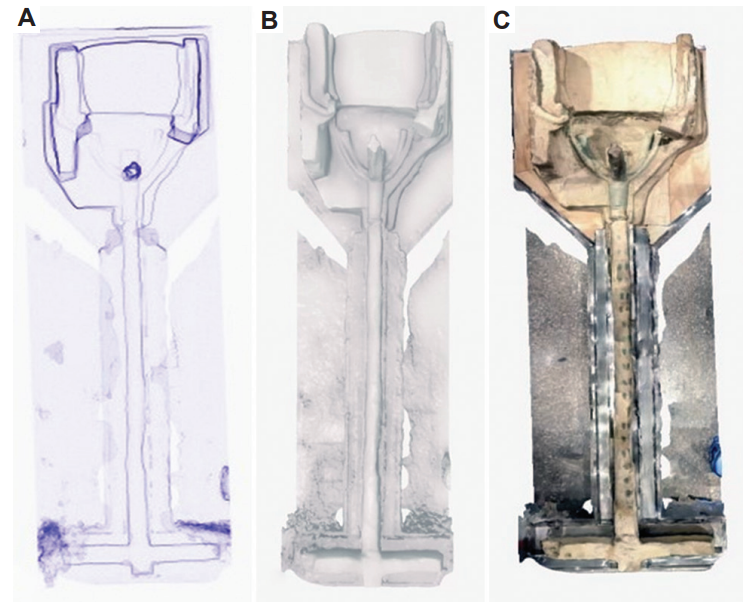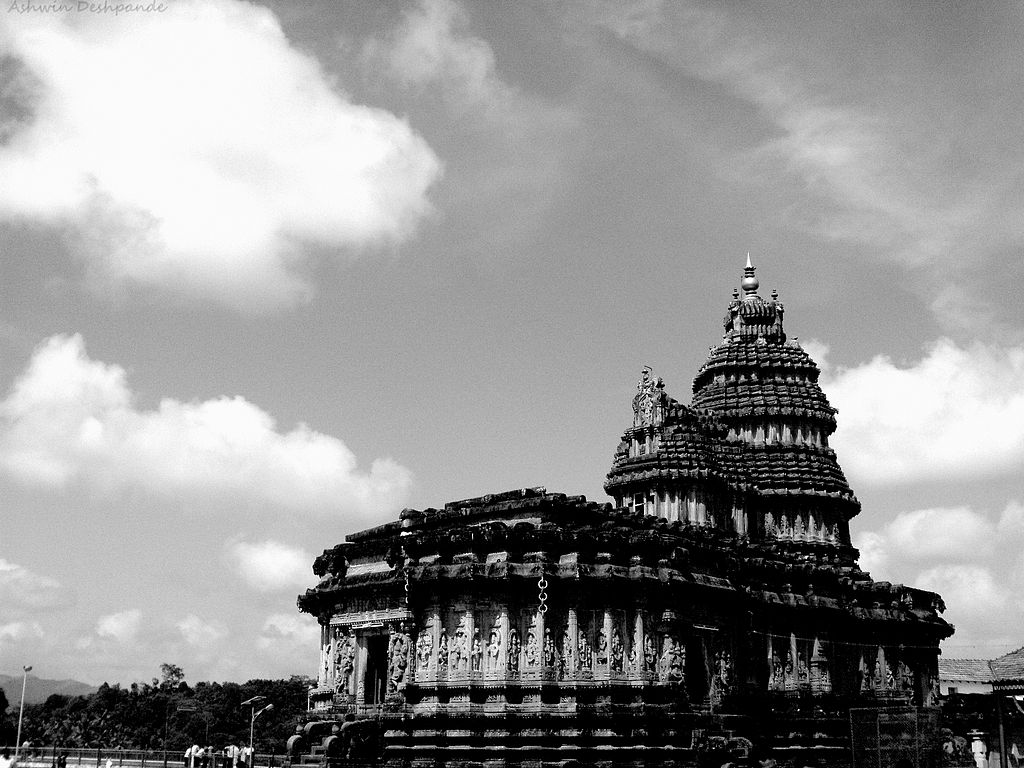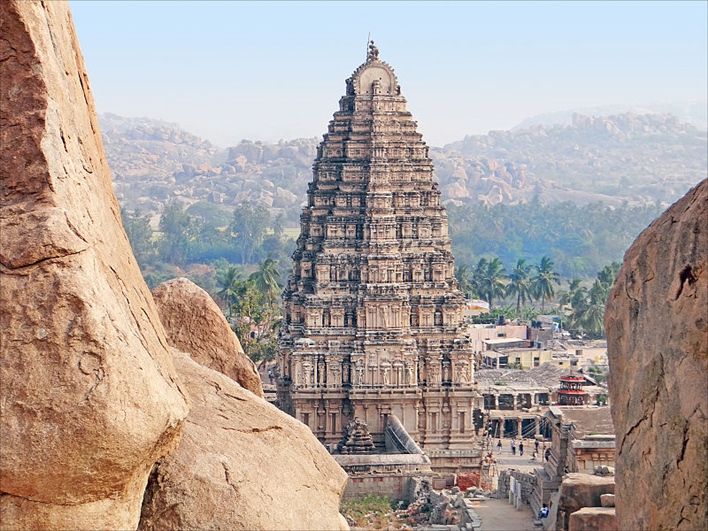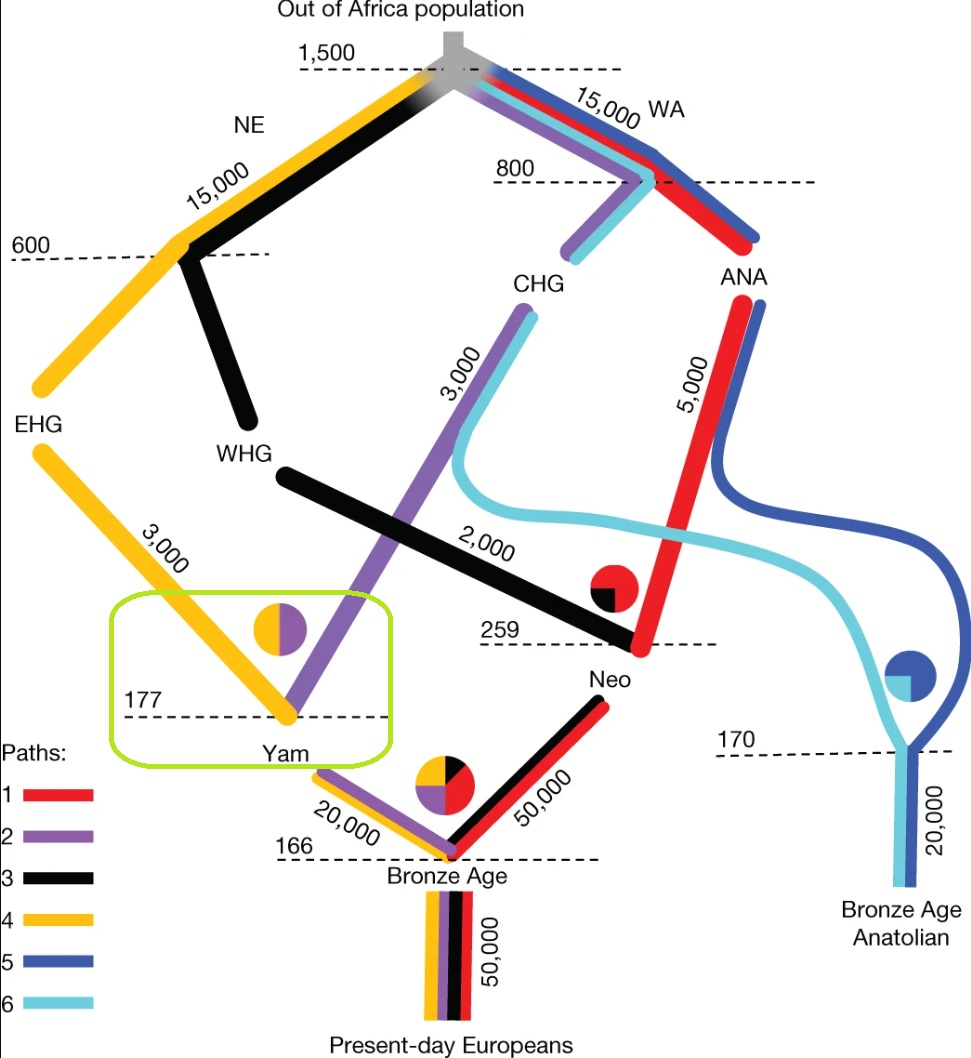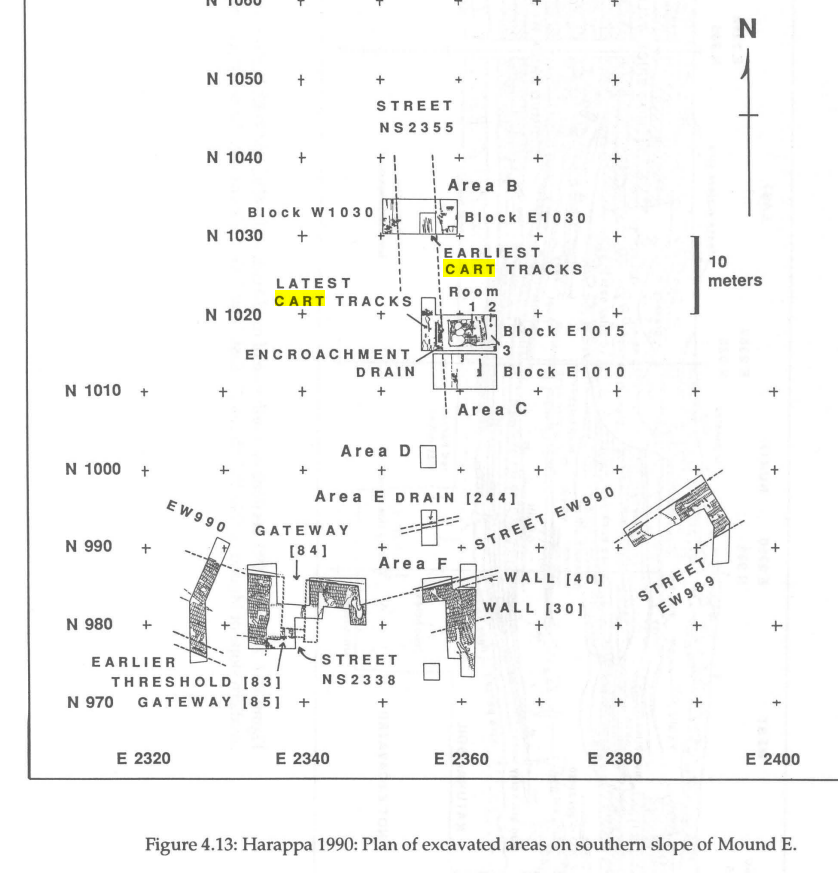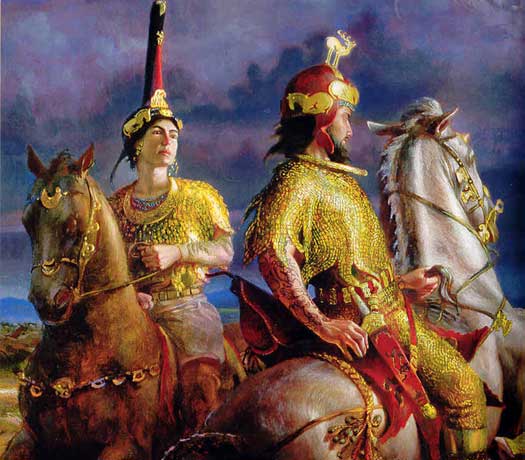An anthropological observation about Indian asceticism came from Janice Stargardt at the 7th Gonda Lecture (1999) - Upanishadic ethos, early Buddhism and Jainism were all inherently driven by the superior yields of rice farming. 
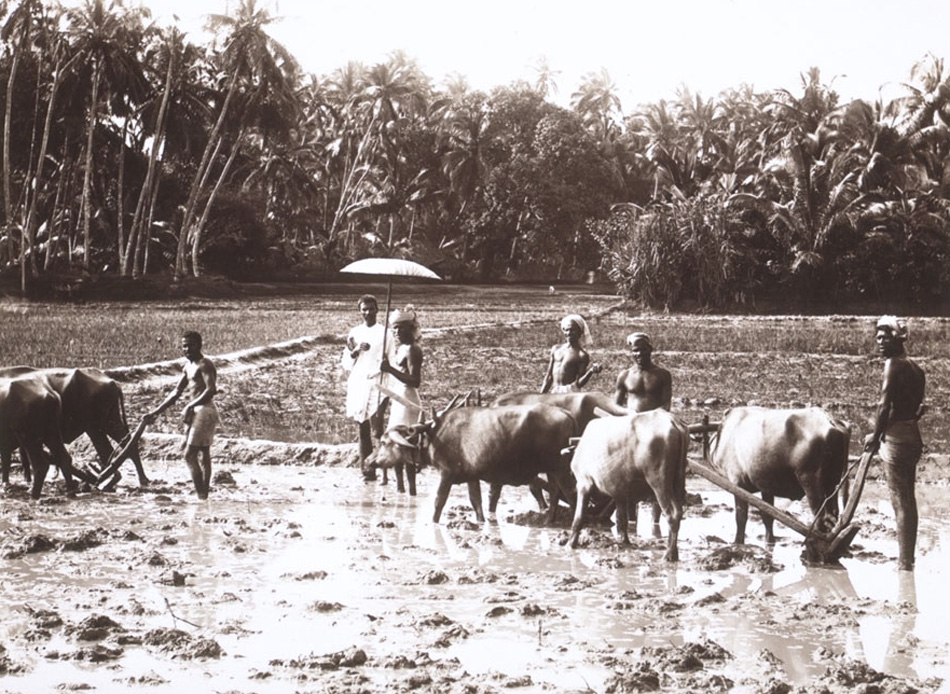
Rice has been an extraordinary crop since the Bronze Age. On every yield metric, rice outperforms the other great staple in Eurasia - wheat. The Chinese have long noted that population expansions in the Eastern sphere have been accompanied by rice expansions.
Rice farming brought a "calorific surplus" to the societies that made it their central pillar.
In the period 1000-500 BCE, when iron implements made land easily arable in the Gangetic plains, Janice noted that, "...significant numbers of the most intelligent young men withdrew from the economic life of their time and devoted themselves completely to contemplation..."
On many parameters, it can be seen that in a village of only rice farmers, disguised unemployment is the norm. Because rice cropping involves female participation as well, the amount of excess hands can be a considerable fraction of the whole village.
Monastic communities in Europe, the Mediterranean and West Asia worked physically to provide for themselves - farming, horticulture, viticulture and animal breeding. Indian ascetics forsook labor completely.
The rice grain became the mechanism of the surplus transfer from the householder to the ascetic and the gift was merit-making.
While environmental determinism cannot be the only influence, Janice notes that the profound intellectual traditions of India were fired by the twinning of Iron-Rice energies in the Ganga Plains.
The archaeology of rice and iron backs the centrality of Janice Stargardt's astute observation. Wet cropping of rice (as opposed to dryland cultivation) spread from the Gangetic Plains outwards to all parts of the country.
Wheat cultures in the North,West and Millet cultures in the South were eventually overwhelmed by the civilisational superiority of Rice. The proxy for this spread can be seen in the NBPW potteries (also iron influenced) moving all over India in the period 1200-500 BCE.
But if there were ever "wheat-eating-ascetics" in Indian philosophy, what were they like? High on ritualism and low on abstraction? Janice Stargardt's contributions provide us a basis to construct the earlier complex of Indian mystics.
• • •
Missing some Tweet in this thread? You can try to
force a refresh


